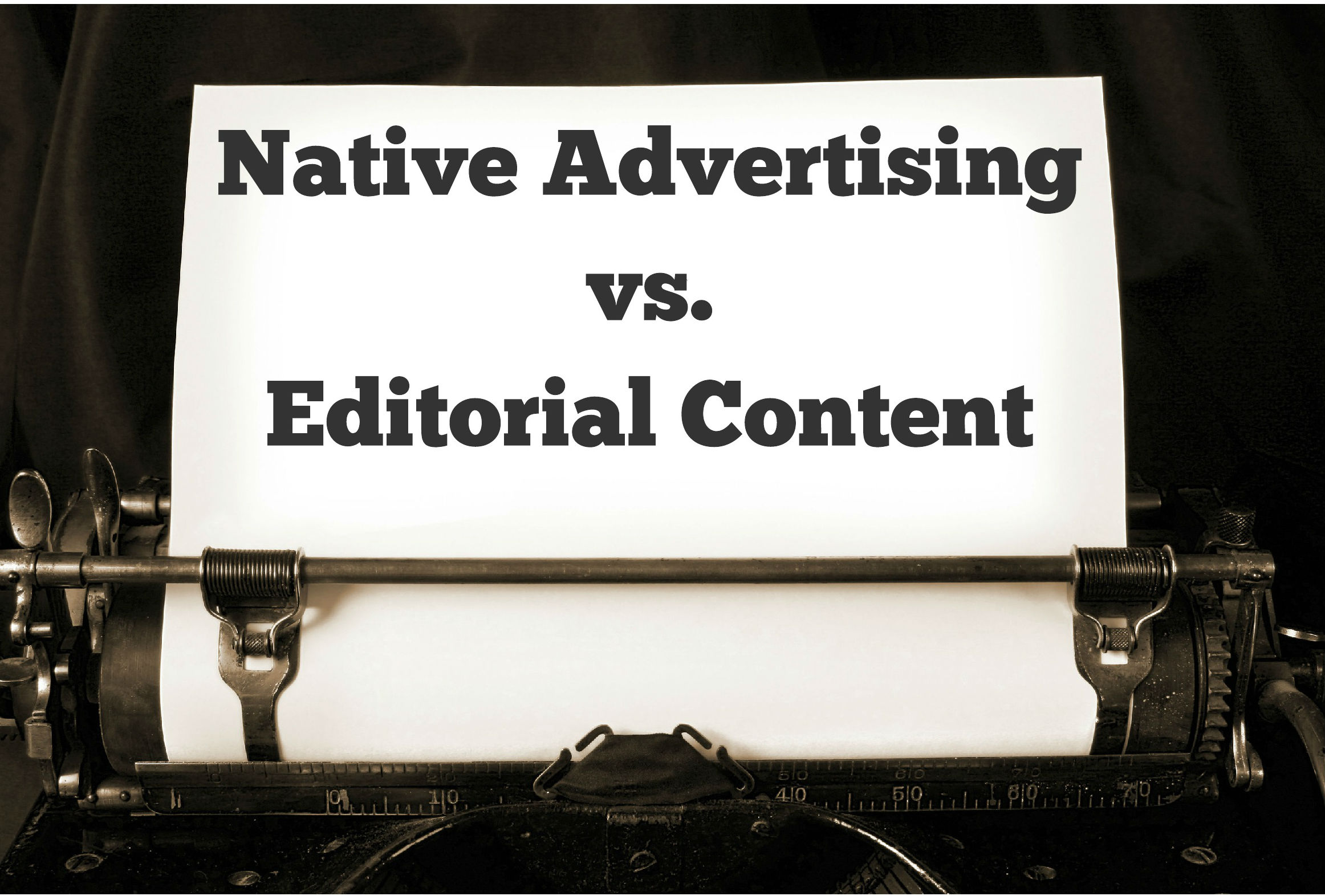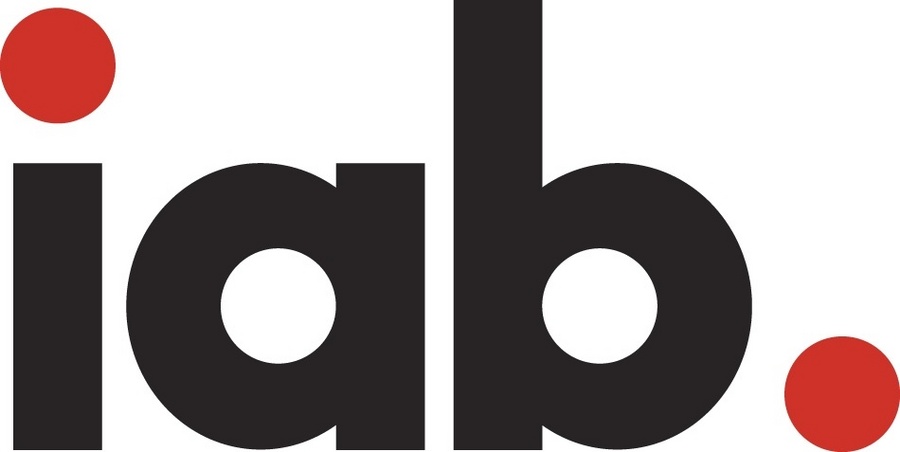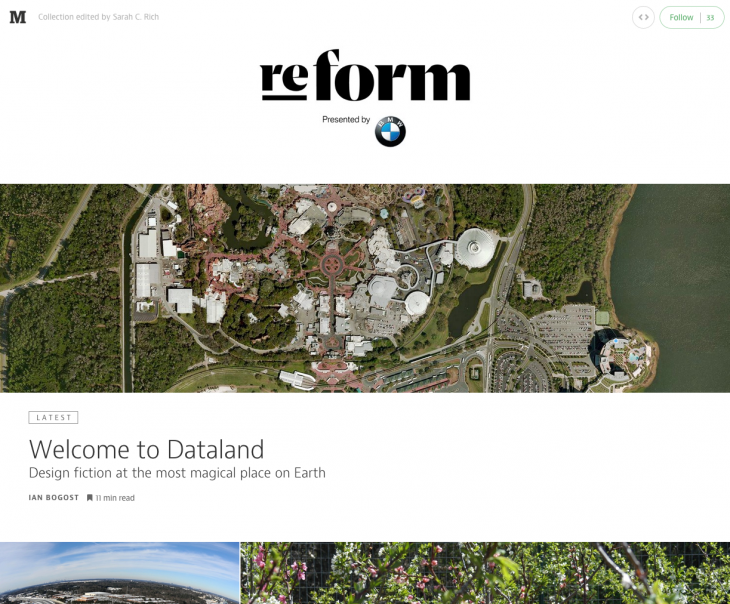Why Native Ads Need Credibility, Targeting and Scale
Native advertising is growing rapidly, but many marketers are still learning how to use it to its full potential. Currently, marketers seem to undervalue credibility, targeting and scale – the three critical ingredients for effective native advertising. If you’re new to native ads or struggling to make them work for you, it may be helpful to rebuild your approach around these three concepts.
The Power of Credibility.
Native ads were not designed to proclaim your product like a banner ad. Rather, they intend to highlight the benefits, credibility, knowledge and personality of your brand. Conveying a positive impression requires proper disclosure of ads and legitimate content, but it also relies on the credibility of the publisher sites on which you appear.
For example, native ads on sites such as The New York Times would carry more weight than ads on news sites that slap together borrowed content. Our expectation that we will read rational ideas and well-reported news on a particular publication lends credibility to all the content that appears on the site. Unlike top tier publishers, sites with low content standards undermine your reputation and the value of your content.
So let’s say your company makes automobile accessories and you developed a pickup truck grille guard for the forthcoming aluminum Ford F-150. You just wrote a polished article about the F-150 for your own blog that demonstrates your knowledge of pickup trucks and suggests that your auto accessories are going to draw on this technical depth. You can use native ads to draw readers to your article from credible sites such as major market or national news brands.
You can also drive readers to content that belongs to an independent publisher. For example, if Motor Trend gave your grille guard a positive mention, you could use native advertising to drive people to that article. At a minimum, you have to deliver people from a credible site to a credible article to make a positive impression on your audience.
The Need for Targeting.
In addition to achieving credibility, you need to target native ads at a very specific demographic. The F-150 is the bestselling pickup in the U.S., but it’s not of interest to everyone. So, it makes sense to target people who would care about your product and content because it would be more cost-efficient than targeting everyone. First-party data is a good start, but complementing it with third-party data would allow you to target people based on their internet search behavior, such as searching for after-market truck accessories.
Targeting the right person includes reaching them when they are in the right mindset. For example, Facebook might be great context for humor and entertaining content that friends like to pass around, but it’s not necessarily the best place for content with an educational edge. Instead, that content may work better on news sites, digital magazines and blogs where people go to learn.
The Need for Scale
If targeting is about reaching the right people, then scale is about reaching a large number of people in your audience, not any audience. Great content only makes an impact when it reaches the right people in sufficient volume.
The only way to scale is to find your audience across a wide variety of relevant, high-quality sites. Working one-on-one with publishers is terribly inefficient when you need to reach 100+ million people. Instead, you should rely on native ad platforms that have large scale, can leverage third-party data, and can reach your audience through multiple channels.
Native Ad platforms enable you to scale up quickly and allow real-time marketing in response to hot news stories. For example, if you get a positive review, that’s a good time for you to promote the article and publicize the benefits of your product.
Great media content is rendered ineffective every day because it becomes lost on low-quality sites, is distributed poorly and fails to reach enough of the people that would care about the message. Ensuring your efforts consider credibility, proper targeting and scale is core to fully leveraging the power of native advertising.
What are some of the ways brands can keep native ads honest?
We think it’s actually easy for brands to keep native ads honest. First and foremost, make sure your native ad provider explains how they protect brands, publishers and consumers from misleading practices. Does your native ad provider go as far as manually reviewing and approving ads and landing pages to ensure brands are disclosing content properly and consumers are protected? We can’t stress enough the importance of clearly labeling ad units and invite all native advertising companies to embrace best disclosure practices.
Second, ensure the use of transparent header language for native units and widgets. We recommend, “Offers and Articles from Around the Web.” This header clearly explains the mix of ads and content with which a consumer is about to engage. Headers such as “Recommended” or “More in the News” are simply misleading and we have strongly discouraged their use in the industry.
Next, if it’s an ad, make sure you tell the consumer. Many units integrate editorial content with ads. On some news sites, units have as many as eight thumbnails that alternate content with ads. As John Oliver mentioned, we understand that a consumer may not be able to distinguish ads from content across the several thumbnails. Ideally, true editorial content should be separated from ads promoting advertorial content. An alternative is to ensure the disclosure explains that the entire unit contains ads.
And finally, extend proper disclosure practices to landing pages. This practice is in the marketer’s own best interest. Even when a consumer sees our properly disclosed native ad, they could mistake advertorial landing pages for unbiased editorial content. Better disclosure leads to better results. Marketers will benefit from better engagement if they extend the practice of proper disclosures to their landing pages.
For press inquires or to learn more about Adblade please email us by clicking here.
![]()









